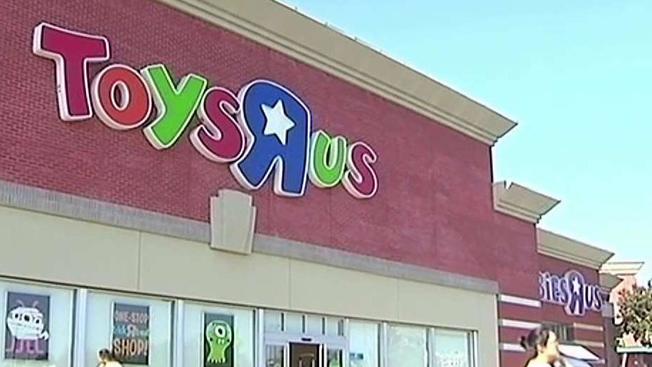
On Sept. 27, the Board of Directors of the Federal Deposit Insurance Corp. voted to adopt revised safe-harbor rules regarding its treatment as a receiver or conservator of an insured depository institution with respect to financial assets that were securitized by the seized IDI. Since 2000, the FDIC has provided safe-harbor rules that confirmed, in the event of a bank failure, the FDIC would not attempt to reclaim assets transferred into a securitization if an accounting sale had occurred by reason of the securitization.
When the Financial Accounting Standards Board revised the generally accepted accounting principles applicable to securitizations in 2009, the FDIC, in response to industry inquiry, released an Advance Notice of Proposed Rulemaking, setting forth proposals for a new safe harbor dealing with securitization transactions. The ANPR went far beyond using accounting treatment as a basis for dealing with IDI-securitized assets, however, and proposed new rules to govern the FDIC's treatment of such assets.
The most controversial principle set forth in the ANPR was the mandate that the IDI contributing assets to the securitization must retain a 5% interest in the securitization vehicle. Various trade organizations, including the American Securitization Forum and the Commercial Real Estate Finance Council, argued in comment letters that the retention requirement was outside the scope of providing certainty to investors purchasing bonds issued by the IDI sponsored securitization vehicle. And, in any event, the measure was premature because the then-pending DoddFrank financial regulation bill provided that risk-retention rules should be considered jointly by a number of regulatory bodies and by asset class (i.e. not necessarily one size fits all). While the FDIC did modify some of the proposals made by the ANPR in May of this year, it continued to push forward with its retention concept and other proposed requirements for an IDI securitization to fall within the safe harbor.
Under the new rules, which go into effect January 1,2011, if the FDIC liquidates a failing bank, it will gain access to bank-sponsored financial assets that are securitized if the securitization does not constitute a sale for accounting purposes. Since the transferred assets will still be on the books of the IDI (i.e. not eligible for sale treatment), the securitization vehicle will be treated as a secured creditor and, if the safe harbor rules are met, the FDIC can either permit the exercise of remedies by the secured party or repudiate the security interest and pay damages in an amount equal to the outstanding balance of issued bonds plus accrued interest. To meet the new safe-harbor rules, the IDI sponsor must meet various disclosure and information-retention obligations and retain 5% of the risk associated with the transferred assets either in the form of a 5% interest in each tranche of bonds or a 5% interest in the assets.
In a nod to Congress, the FDIC did include an auto-conform provision that would adopt the retention rules promulgated by joint regulatory effort, but that just seems to add to the uncertainty about what the future holds. In the short term, banks are most certainly at a disadvantage vis a vis other securitization sponsors. For the time being, the retention requirement will apply only to banks, and all banks issuing securitized bonds will want to fall within the safe harbor so as to ensure their investors' treatment if the bank is seized. Thus, banks will need to tie up capital with retention of an interest in the transferred assets to meet the rules or sell their bonds with an extraordinary risk premium, if they can be sold at all. It's possible that we may see a rush to sell offbank assets in securitizations prior to the end of the year. After that, bank holding companies may turn to their non-bank affiliates as lending vehicles and to compile loans for securitization in those vehicles. Finally, banks may just decide to stay out of the securitization market until the Dodd-Frank regulations are in place and the playing field is leveled. While the securitization business continues to reinvigorate itself, it must cope with the lack of clear guidance regarding the regulatory scheme that will ultimately be adopted. Until the federal regulatory bodies charged with implementing Dodd-Frank can publish some rules that financial institutions can plan on, it will be difficult to get lending going in a big way. Meanwhile, look for more conflicting signs about where we're headed.
GlobeSt.com News Hub is your link to relevant real estate and business stories from other local, regional and national publications.
© Touchpoint Markets, All Rights Reserved. Request academic re-use from www.copyright.com. All other uses, submit a request to [email protected]. For more inforrmation visit Asset & Logo Licensing.






